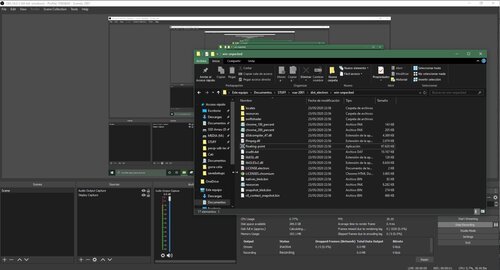FLOATING POINT
«Floating Point» is a work of algorithmic cinema sprung from the tension within the moving image between its linear syntax and the nonlinear archive or database that it simultaneously embodies. Borrowing from Stanley Kubrick’s «2001: A Space Odyssey» the scene in which the HAL 9000 computer is de-activated, the piece re-presents while re-framing the twenty-five (25) shots of the original sequence. The frame of the unfolding re-presentation widens to reveal immediately adjacent shots in a grid system that tabulates the sequence’s twenty-five elements.
The accompanying grid diagram (left) shows the conceptual geometry that structures the piece. The center, white portion of the numbered grid lays out the sequence path from the first shot to the twenty-fifth (indicated by the narrow green line progressing in a rectangular spiral), which «Floating Point» follows and replicates from the original film. The gray rectangular overlays indicate samples of the expanded frame composition that runs for the duration of the entire piece. The outer green region schematizes in a flat, two-dimensional view a three-dimensional topology in which the inner white grid has been folded back onto itself such that its edges and corners meet. To the extent that these points of contact cannot be formed simultaneously in physical space, this topology stipulates an «impossible geometry» – that is, a geometry that cannot be visually configured or imagined in three-dimensional space but only conceptualized through an ordinal system. «Floating Point» thus folds back on itself in the manner of a conceptual origami. At this level, the piece offers up a moving image for the mathematical or computational eye rather than the human or retinal eye.
The resulting work is produced through computer programming (Marc Anglès + Arnau Giralt) and when screened in its intended form runs live as software performance that in real-time configures simultaneously the grid and the progression of shots within it. To screen the work as such is to submit the performative unfolding of machinic operations to the semi-precarious timeframe of a contingent production, which the expedient logic of the algorithmic is normally meant to streamline. If the film hints at any political ambition, it seeks to assert in a modest and oblique way the principle of non-identity operating in the self-evident by hinting at the actual potential already at work in the identity of the moving image. The performance of «Floating Point» withdraws from the utopian gesture of recombinatory intervention typically associated with generative art. Each presentation instead generates here the same input/output relation. The exact same outcome appears to result from the same algorithm, unless one fundamental condition comes to the fore: The hardware fails to support the fluidity of the generative software performance. This fragility, even when visually undetectable, nonetheless endures. (Names for this structural entropy – that spans aesthetics, technology, political economy, or all three – include «dead or defective links», «bit rot», «designed obsolescence», and «host subscription lapses».) It is in the apparent lack of difference produced by the reproducible, positive, successful operation of the system that one is asked to see already at work its very opposite.



